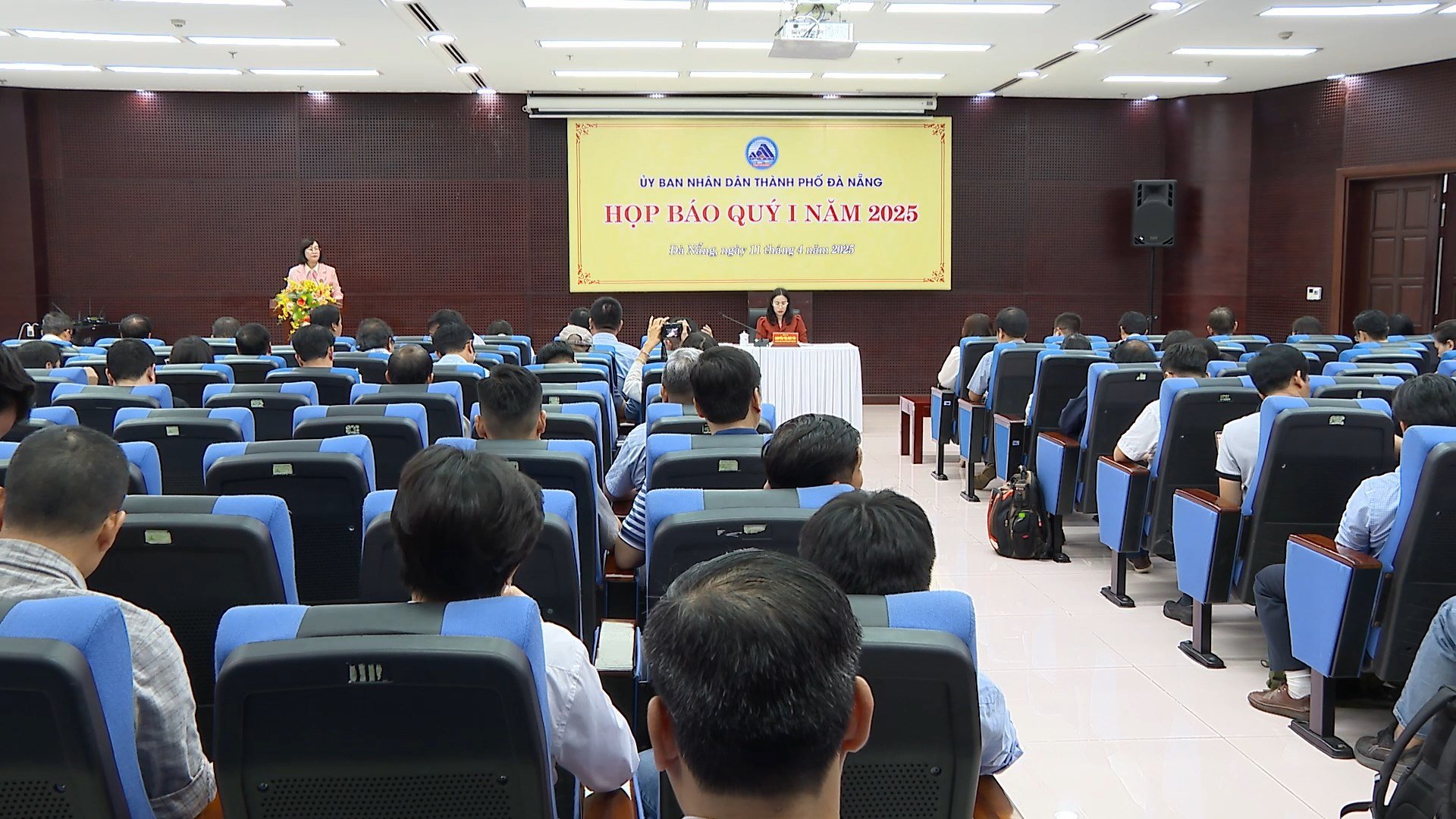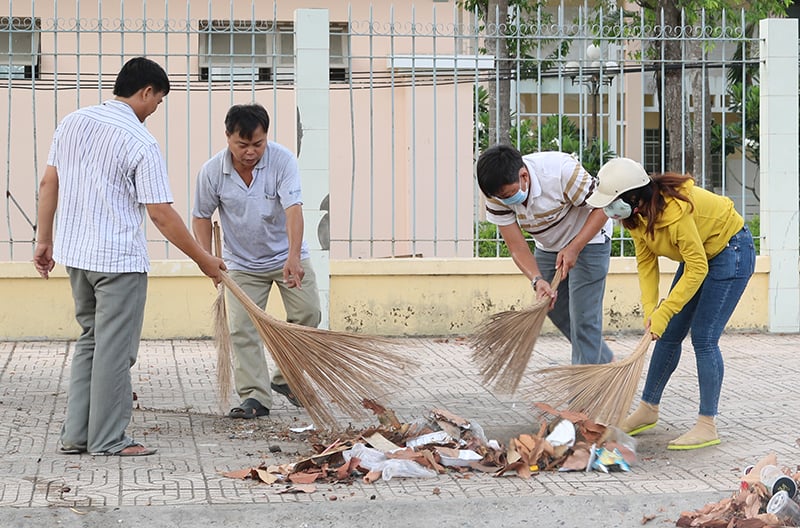Vaccines: “Steel shield” protecting people’s health – Part 1: Lack of vaccines, “storm” of epidemics coming
Diphtheria, measles, whooping cough, chickenpox, Japanese encephalitis... swept through, dragging some localities into a spiral of epidemics, causing major consequences for people's health and lives.
According to experts, only by focusing on investing human resources, material resources, and funding in research, production, and vaccination, and at the same time, people themselves have a correct understanding of the effectiveness of vaccines, can we create a "steel shield", helping each individual avoid the burden of disease, contributing to building a physically healthy, intellectually developed nation, ensuring a happy future.
Lesson 1: Lack of vaccines, "storm" of epidemics coming
Diphtheria, measles, whooping cough, chickenpox, Japanese encephalitis... swept through, dragging some localities into a spiral of epidemics, causing major consequences for people's health and lives.
"Ping epidemic" attacks one after another
Decades after the World Health Organization (WHO) declared diphtheria to be virtually eradicated, the disease has reappeared with complex developments and spread rapidly in a number of provinces and cities across the country. The death of a female student of PTC (born in 2006), residing in Pha Danh commune (Ky Son district, Nghe An province) in early July 2024 due to diphtheria was a "thunderbolt" news to the patient's family and at the same time caused public confusion.
The pain of the family of female student C. is perhaps indescribable, because she passed away at the most beautiful age, leaving behind many unfinished dreams. The death of the young girl also caused the Nghe An health sector to be in turmoil, because nearly 200 people had to be quarantined and investigated for the epidemic. From Nghe An, the diphtheria epidemic spread to Bac Giang, causing the health sector of these two localities to frantically fight the epidemic.
 |
| The patient is being treated at the Intensive Care Unit, National Children's Hospital. |
Previously, since 2020, diphtheria has also broken out in many localities, such as Dak Lak, Dak Nong, Gia Lai, Kon Tum, Quang Ngai and Quang Tri, with more than 200 cases. By 2021, the number of cases decreased to 6 cases and in 2022 there were only 2 cases.
However, the epidemic graph has been vertical since 2023, when the number of cases increased many times compared to 2022, at 57 cases and 7 deaths. Up to now, the number of cases has decreased compared to the same period, but there are still unfortunate deaths.
Statistics from cases and deaths show that they have not received a diphtheria booster shot or have an unknown vaccination history.
Along with diphtheria, another disease that rarely appears is also breaking out again, such as whooping cough. Information from the Hanoi Department of Health said that since the beginning of the year, the area has recorded hundreds of cases of whooping cough in children, while there were no cases in the same period in 2023. In Phu Tho, Ha Nam, Ho Chi Minh City, Dong Nai, the epidemic has also appeared sporadically.
Whooping cough is a disease that causes dangerous complications and is highly fatal for children under 3 months old. Most of the infected children have not been vaccinated or have not received enough doses of the vaccine, and many children who contract whooping cough are under 2 months old. Witnessing the scene of a weak, tiny newborn lying gasping for breath, wheezing, surrounded by a tangle of IV lines at pediatric treatment facilities, perhaps, no one can avoid the feeling of heartbreaking pain.
When it comes to children, a heartbreaking incident that haunts anyone who has ever heard of it is the measles epidemic 10 years ago, like a great flood that swept away many lives. Until now, perhaps, hundreds of families at that time still have not overcome the pain of losing their children.
At this time, the measles epidemic is also breaking out fiercely in Ho Chi Minh City, with nearly 700 cases and 3 children having died. Notably, 74% of children with measles here have not been vaccinated against measles, even though they are old enough. In many other provinces and cities such as Long An, Dong Nai, Binh Duong, and Hanoi, the measles epidemic is also making parents uneasy.
Another disease with an extremely high mortality rate that is threatening the health of Vietnamese people is Japanese encephalitis. According to Phu Tho Province Obstetrics and Pediatrics Hospital, from the beginning of June 2024 to now, the number of hospitalizations due to meningitis has increased 5 times compared to the same period in 2023. During the same period, the National Children's Hospital received more than 50 cases of meningitis, 10 cases of Japanese encephalitis and hundreds of cases of encephalitis caused by bacteria and viruses.
Doctors are concerned that this disease has a high mortality rate and sequelae (25-35%). For example, in 71 cases of Japanese encephalitis from June 2022 to August 2023 at the National Children's Hospital, the successful treatment rate was only about 50%, the rest were neurological sequelae.
As a person with many years of experience in treating cases of meningitis caused by meningococcus, witnessing many cases of children dying suddenly due to the disease, Dr. Do Thien Hai, Deputy Director of the Center for Tropical Diseases (National Children's Hospital) said that this disease can kill healthy people within 24 hours. Children may be healthy in the morning, but in the evening they can fall into critical condition and die.
According to Dr. Hai, the disease has two most common forms: meningitis and sepsis, and other less common forms such as pneumonia and arthritis. People of all ages are at risk of contracting the disease, but children under 5 years old, adolescents aged 14-20, and people with immunodeficiency have the highest infection rate.
 |
Falling vaccination rates: Warning of a new risk
It is estimated that in 2023 alone, the world recorded more than 300,000 measles cases, three times more than the previous year. All 103 countries that have had measles outbreaks in the past five years have low measles vaccination rates (below 80%), while 91 countries with high vaccination rates have had no outbreaks. To prevent an outbreak, 95% of children need to receive the second dose, but the actual figure is only 74%.
Disruptions in health care services, vaccine hesitancy and inequalities in access to services have caused childhood immunization rates to fall to their lowest level in 15 years, according to WHO.
In Vietnam, there are 1.5 million children under 1 year old who need to be vaccinated with vaccines under the Expanded Immunization Program. The rate of full vaccination for children under 1 year old has been maintained at over 90% at the provincial level since 1993. However, from 2021 to present, the vaccination rate for children has decreased sharply in some localities.
The resurgence of many diseases after many years of absence, creating immune gaps, according to experts, is a consequence of the disruption of vaccines after the Covid-19 pandemic, the lack of expanded vaccination vaccines in recent times, and the anti-vaccination mentality of many parents.
Both state management agencies and medical staff agree that the recent measles outbreak in Ho Chi Minh City and neighboring provinces is partly due to the lack of vaccines in previous years, especially from 2022 to the end of 2023. This leads to the fact that up to 74% of children with measles have not been vaccinated against measles, even though they are old enough.
Or in Long An, this province set a target of vaccination for 85% of children of the right age, but in reality only reached about 70%, due to lack of vaccines. As a result, the locality had more than 60 cases of measles, of which, about 90% had not been vaccinated.
In Hanoi, according to the leader of the Department of Health, from 2023, localities were assigned to bid for vaccines themselves, but could not do so due to many difficulties in bidding, causing the vaccine coverage rate to fall short of expectations. Specifically, 5/10 types of vaccines in the Expanded Immunization Program were not provided enough to vaccinate children, such as single measles, diphtheria-pertussis-tetanus, tuberculosis, hepatitis B, and injectable polio vaccines.
Analyzing the picture of the epidemic resurgence in Vietnam, the United Nations Children's Fund (UNICEF) said that more than 20 types of vaccines were reported to have had their regular vaccinations interrupted, such as tuberculosis, diphtheria, whooping cough, tetanus, polio, Hib, hepatitis B, measles, rubella, etc. Notably, the rate of taking bOPV vaccine and IPV injection to prevent polio in 2021 only reached 67% and 80%, respectively; in 2022, it reached 70% and 90%, respectively.
Ms. Lesley Miller, Deputy Representative of UNICEF in Viet Nam, said that when the Covid-19 pandemic broke out, immunization activities for children were interrupted in most countries, including Viet Nam, due to increased demand on the health system, the diversion of regular immunization resources to Covid-19 vaccination, the shortage of health workers and the implementation of home isolation measures. Another reason was the delay in vaccine procurement and supply, causing the immunization process to be interrupted and the disease to re-emerge.
Looking at the picture of the recent outbreaks, it can be affirmed that if we are subjective and neglect vaccination work, the painful lessons like the measles epidemic 10 years ago will have the opportunity to return. In addition, diseases that cause shockingly rapid deaths like meningococcal meningitis are still lurking in children every day. Not to mention, the Covid-19 pandemic, although no longer a global health emergency, is still a threat to human health.
According to WHO statistics, each year around the world about 1.5 million people die from infectious diseases that can be prevented by vaccines.
In addition, more than 2 billion people are infected with hepatitis B virus; 2.56 million people die from pneumonia; 2 million people die from cirrhosis and liver cancer; about 300,000 people die from whooping cough; 650,000 people die from influenza.
In addition, a series of other serious infectious diseases such as measles, rubella, meningitis, and cervical cancer are constantly increasing and directly threatening human health.
(To be continued)




![[Photo] "Beauties" participate in the parade rehearsal at Bien Hoa airport](https://vstatic.vietnam.vn/vietnam/resource/IMAGE/2025/4/11/155502af3384431e918de0e2e585d13a)


![[Photo] Looking back at the impressive moments of the Vietnamese rescue team in Myanmar](https://vstatic.vietnam.vn/vietnam/resource/IMAGE/2025/4/11/5623ca902a934e19b604c718265249d0)

























![[Photo] Summary of parade practice in preparation for the April 30th celebration](https://vstatic.vietnam.vn/vietnam/resource/IMAGE/2025/4/11/78cfee0f2cc045b387ff1a4362b5950f)

























































Comment (0)